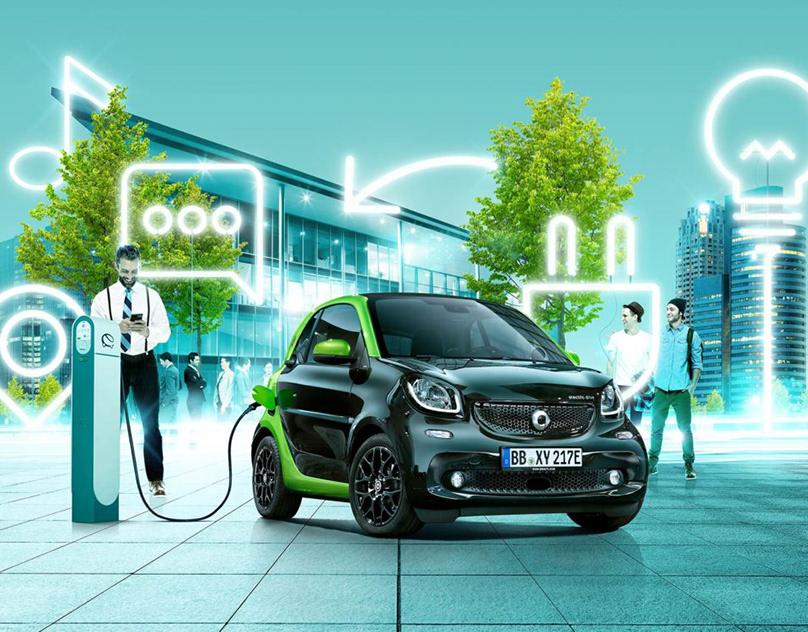Get more insights on Smart Mobility
Smart Mobility: The Future of Transportation is Here

The transportation landscape is changing at a rapid pace with emerging technologies revolutionizing how we move from place to place. What was once dominated by private vehicles and public transit is giving way to a new era of “smart mobility” — an integrated transportation ecosystem leveraging connectivity, data, and new modes of travel.
One of the biggest developments in mobility is the rise of connected and autonomous vehicles. Car manufacturers and tech companies have poured billions into research and development of self-driving functionality. While fully autonomous vehicles without human oversight are still years away, semi-autonomous features are becoming mainstream. Advanced driver assistance systems like adaptive cruise control, lane keeping assist, and traffic jam assist are appearing in new models.
Meanwhile, vehicle-to-everything (V2X) communication capabilities allowing vehicles to share data with infrastructure and each other are entering the market. This will unlock new possibilities like connected traffic management where self-driving cars cooperate to optimize traffic flow. Platooning, where autonomous trucks closely follow a lead truck to reduce air resistance and fuel use, is also being tested.
The advantages of autonomous vehicles are immense. They promise to increase road safety by removing human error, which accounts for over 90% of crashes according to NHTSA. Autonomy could also help the elderly and disabled gain independent mobility. On a societal level, self-driving technology may reduce congestion and environmental impact by enabling car-sharing and optimizing traffic. However, significant challenges around cybersecurity, consumer acceptance, and legal/regulatory frameworks must still be addressed before widespread deployment.
A parallel development in Smart Mobility is the rise of Mobility-as-a-Service (MaaS). Led by transportation giants like Uber, Lyft, and Didi along with startups, MaaS integrates various modes of transportation on a single digital platform. Users can plan, book and pay for multi-modal trips using their smartphones rather than owning private vehicles.
- Art
- Causes
- Crafts
- Dance
- Drinks
- Film
- Fitness
- Food
- Games
- Gardening
- Health
- Home
- Literature
- Music
- Networking
- Other
- Party
- Religion
- Shopping
- Sports
- Theater
- Wellness
- IT, Cloud, Software and Technology


